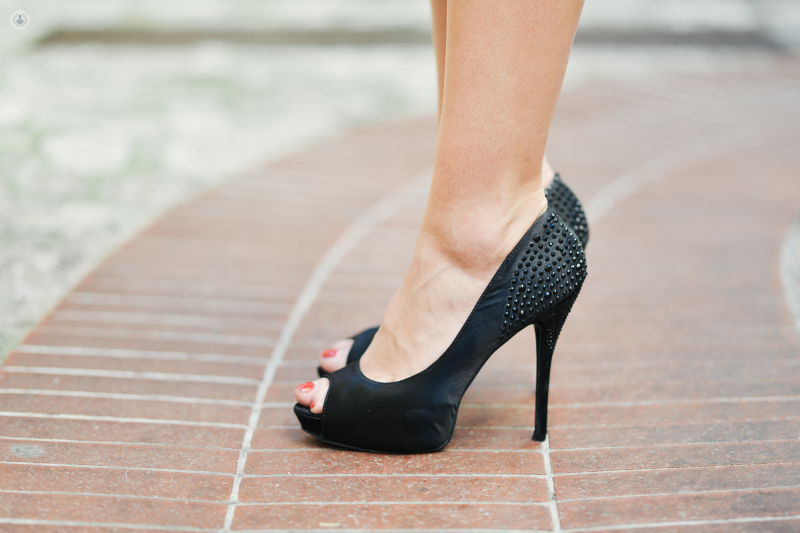

What is minimally invasive surgery for bunions?
Minimally invasive or percutaneous surgery for bunions is a novel technique for treating bunions. It is performed under local anaesthesia.
Minimally invasive surgery for bunions is an alternative to open surgery which has several advantages:
- Small incisions.
- Shorter duration.
- Less post-operative pain.
- Reduction of complications, improving and shortening post-surgical recovery.
- Increase in patient satisfaction and confidence.

Why is it done?
Minimally invasive surgery for bunions is generally indicated for those cases in which attempts to treat the pain with conservative medical treatments (anti-inflammatory agents, splints, corrective footwear) have been unsuccessful, with pain persisting or increasing, making it difficult to walk.
Conservative medical treatments are not effective in severe cases; this is why it is important to consult with an orthopaedic specialist when the first symptoms appear.
What does it involve?
This type of surgery involves making small skin incisions, around 2mm in length, then introducing through them the small instruments with which the bunion is eliminated.
The intervention is straightforward and takes 10-15 minutes. It is a procedure that only requires local anaesthesia. The patient can return home on the same day.
Care following the intervention
After the procedure, orthopaedic footwear, a special shoe, will be worn. You are then allowed to place weight on the foot.
- 1st week: Normally, you will have to rest, with some walking.
- 2nd week: You can go outdoors, you can walk slowly. However during the first month, the post-surgical shoe is necessary.
- 2nd month: You can start to wear a comfortable shoe, such as trainers or sandals, and walk normally, even resume work.
Alternatives to this treatment
Osteotomy via open surgery : In cases with greater deformity, open surgery is performed, during which the bone is cut and screws are placed to ensure that the correction is permanent. This surgery is also performed under local anaesthesia on an outpatient basis.
